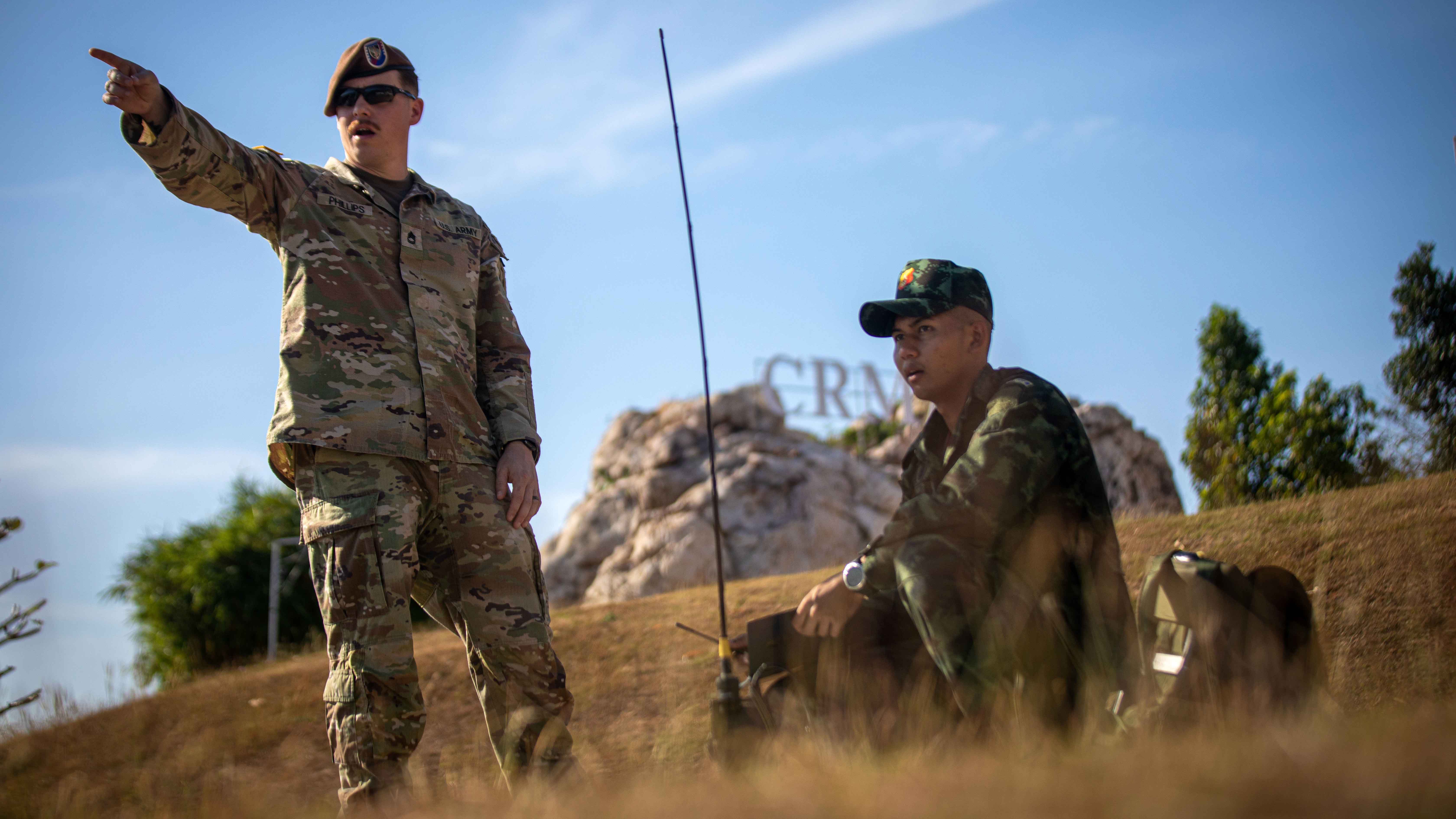
“Our goal is to avoid fighting a land war in Asia,” Army Secretary Christine Wormuth said. “This is all about deterrence. We want to lower the temperature in the relationship with China.”
Speaking Feb. 27 alongside Gen. Charles Flynn, commander of U.S. Army Pacific, at an event hosted by the American Enterprise Institute, Wormuth said she does not believe an amphibious invasion of Taiwan is “imminent.”
“But we have to obviously prepare,” she said. “We’ve got to be prepared to fight and win that war, and I think the best way we avoid fighting that war is by showing the [People’s Republic of China] and countries in the region that we can actually win that war.”
The Indo-Pacific is not just an air or maritime theater, Flynn said. “This is a joint theater,” he said. “It’s got joint challenges and joint problems, and it requires joint solutions.”
Flynn, who has served multiple assignments in the Indo-Pacific since 2014, said the People’s Liberation Army is on a “historical trajectory.”
“The military arm that they have created is extraordinary,” he said. “They are rehearsing, they are practicing, they are experimenting. They are preparing those forces for something. You don’t build up that kind of arsenal just to defend and protect.”
The Chinese also have some advantages, Flynn said, including mass and “magazine depth—a lot of munitions, a lot of arrows in their quiver.”
The Army’s ability to provide land power is “staying power,” Wormuth said. As the Army builds strong relationships with allies and partners in the region with more training and exercises, it is complicating China’s decision-making, she said.
“It’s not just relationships for relationships’ sake,” Wormuth said. “Showing we have a strong network of allies and partners in the region is really critical.”
The Army also is working to enhance its access in the region, including looking to build theater distribution centers for items such as supplies and fuel across the region, starting, potentially, in Australia and maybe the Philippines, Wormuth said.
Additionally, through its Operation Pathways series of exercises, the Army is putting combat-credible forces in the region. The goal is to have Army forces in the region seven to eight months out of the year, she said.
The Army also has stood up the Joint Pacific Multinational Readiness Center, a combat training center with campuses in Hawaii and Alaska and an exportable capability that can be used anywhere in the region, Flynn said. “What we’re doing at JPMRC is generating readiness, and we’re projecting that into the region,” he said.
If all its deterrence efforts fail, the Army has five core tasks, Wormuth said. As DoD’s linchpin force, it will be the Army’s job to build, secure and protect staging bases for the other services. The Army also will have responsibilities to sustain the force, provide secure communications and command and control at multiple levels. It also can provide long-range fires and counter-attack forces if needed, Wormuth said.
Despite all these efforts, Flynn, like Wormuth, emphasized that the U.S. military is not looking for a fight. “Our goal out there is no war,” he said. “But we have to be in the position to deter that from happening.”
In May, the Association of the U.S. Army is hosting the LANPAC Symposium and Exposition in Honolulu. An international symposium dedicated to land forces in the Indo-Pacific, the in-person event is scheduled for May 16–18.
No comments:
Post a Comment